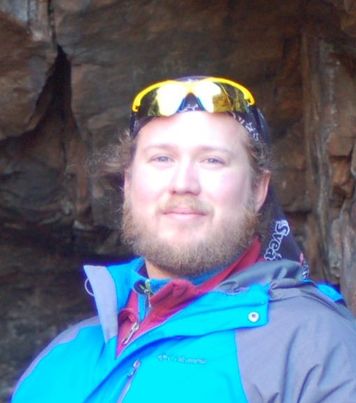David Holmberg joins the research group as new PhD Student
3 May, 2021

We welcome David Holmberg who recently started as a PhD Student in our group! David will work in the Autonomous Phenomics project.
What is your education, and what have you done earlier in your career?
Alright, so I am a graduate from Lund University - Faculty of Engineering (LTH) where I got myself a Master of Science in Engineering Nanoscience degree. I chose to specialize in essentially Bioinformatics and Applied Biophysics, which has given me a fairly broad background including some classical hardware, physics, and automation in addition to the biomedical, biotechnological, and Bioinformatics I’ve chosen to specialize in.
The best part of the entire programme was my thesis project, where I used Machine-learning to classify active neurons simply from the shape of their signal-waveforms. I later used these classified neurons to evaluate two distinct genotypes from each-other, and to evaluate the effect a new compound had on these neurons based on their activity over time.
Right before I graduated I took a stint as an image-analyst and electron microscope operator at a Lund-based nano-wire production company called Sol-Voltaics.
What is your PhD-Project about?
In a way, my PhD-project is a logical next step from my masters; I will be using Deep-Learning to classify and profile living cells based on their morphological features and how these change over time. The Idea is that by using Deep-Learning software for this, we can increase the analytical through-put and thus increasing efficiency of pharmaceutical development and base-research.
For those unfamiliar with Deep-Learning (which in itself is a subset of Machine-Learning), it is the art building self-modifying software that mimic the data-processing architecture of brains. For this particular case, I will be working with a class of deep-learning software called Convolutional Neural Networks (or CNNs for short). These are designed to mimic the way the visual cortex process spatial information, and are very good for image analysis.
CNNs are a very powerful tool, especially when combining it with graphics accelerators which are purpose built to process dimensional operations. However, some caution is still needed. As these are very powerful self-teaching networks, we have to be very careful about how we preprocess and select the data that’s fed into the machine to teach it, else we really have no idea what it’s actually doing.
What do you hope to achieve during your stint at the Pharmaceutical Bioinformatics Group?
I want to continue evolving my mastery at developing cool and efficient AI-tools for complex problems. No, really, I really want to work with cool cutting edge AI-technology. I’ve frankly wanted to do that since I first heard of AI in a sci-fi show! With age and education that’s been tempered from wanting to build R2D2 into developing novel and efficient tools for everything from BMIs to diagnostics. Now I have an amazing chance to work on cutting-edge profiling tools for a very real problem with an amazing group of people!
Do you have any hidden talents?
Right. Well… I am a pretty capable pit-master and chef, and I have had an inquisitive and curious approach to cooking for a long time now. I am also a very capable mead-brewer, and have been brewing my own honey-wines for almost 14 years now. Yes, I made my first honey-wine at 15! I have also brewed a few other types of alcoholic beverages including cidres, fruit-wines, and beers, though mead remains my best produce.

